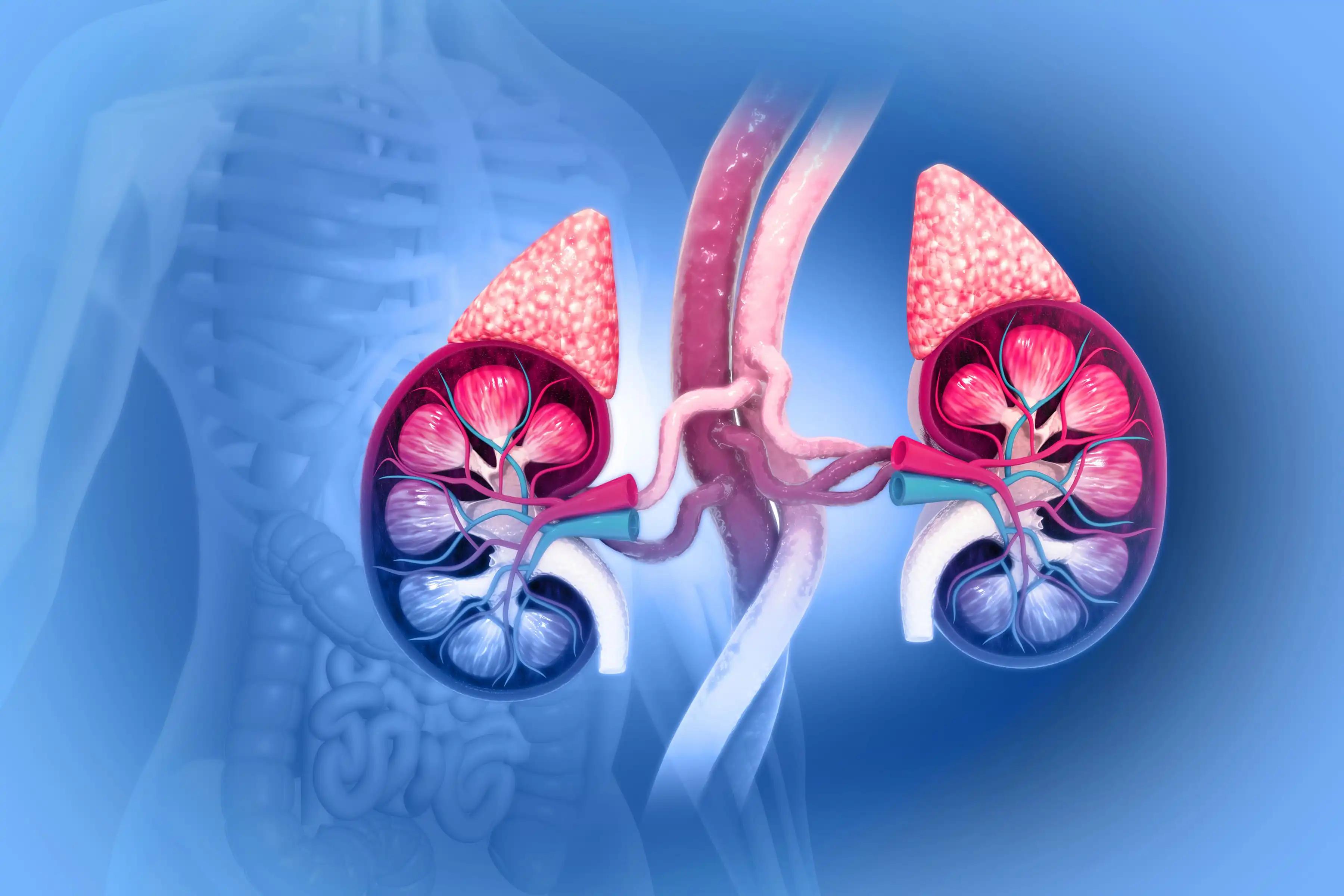KEY TAKEAWAYS
- The interventional study aimed to evaluate DISSRM Registry for AS vs. PI in cT1a SRMs.
- The result concluded that DISSRM validates AS for cT1a masses; size drives intervention.
Active Surveillance (AS) stands as an underutilized alternative to Primary Intervention (PI) for managing small renal masses (SRMs), particularly in clinical stage T1a. This underutilization is attributed to the need for more robust, prospective data. The hindrance to widespread AS implementation lies in the absence of prospective comparative studies with extended follow-up periods.
Although a randomized trial is impractical due to AS’s patient selection dependency, the Delayed Intervention (DI) and Surveillance for Small Renal Masses (DISSRM) Registry addresses this gap by prospectively enrolling patients with cT1a SRM, allowing them to choose AS or PI through shared decision-making.
Khalid Y. Alkatib and his research group conducted the study that presented the findings that reflect the mature outcomes from the world’s largest prospective SRM registry, shedding light on AS efficacy and patient outcomes.
The DISSRM Registry has actively registered patients with SRMs opting for PI or AS, as detailed on ClinicalTrials.gov (ID: NCT02346435). Specifically, participants were adults (≥18 years) presenting with a solid enhancing renal mass of ≤4.0 cm in diameter (cT1a) on axial imaging. In the AS approach, the intervention was advised if: (1) the growth rate (GR) exceeds 0.5 cm/year, (2) the maximum tumor diameter (MTD) surpasses 4.0 cm, (3) symptoms arise, or (4) metastatic disease emerges. Participants can opt for DI or discontinue participation at any juncture. The PFS was predefined based on retrospective data, assessing (criteria 1-4) or (5) a switch to intervention. Additionally, recurrence-free survival (RFS) signifies freedom from tumor reappearance (criteria 1-5) or (6) mortality.
Among 958 participants, 377 (39.35%) underwent PI, while 581 (60.65%) chose AS. The median follow-up duration was 4.73 years (interquartile range (IQR) 2.13-7.18). Among AS patients, 88 of 581 (15.15%) transitioned to DI. PI and AS demonstrated comparable 12-year cancer-specific survival (CSS) rates (99.3% vs. 99.8%, respectively, log-rank P=0.43). Overall survival favored PI over AS at 3- (97.6% vs. 92.9%), 6- (92.8% vs. 81.2%), 9- (88.0% vs. 63.7%), and 12-years (41.6% vs. 57.9%) with log-rank P<0.001. The median overall growth rate was 0.11 cm/year (IQR 0-0.33 cm/year), with 183 experiencing progression events. PFS was 84.3% at 3 years, 78.2% at 6 years, and 77.3% at 9 years. The crossover rate was 15.16% (88/581), significantly varying with tumor size: <2 cm (10.28%, 11/107), 2 to <3 cm (16.25%, 26/160), and ≥3 cm (25.76%, 51/198). RFS showed no significant difference between PI and DI (P=0.24).
Drawing on 14 years of experience, this analysis presented the world’s most extensive prospective comparison of PI and AS, with or without DI. Without a randomized trial, DISSRM offered the most compelling evidence supporting the appropriateness of AS for cT1a renal masses, affirming its non-inferiority to PI as an initial management strategy.
The study allowed a comprehensive reevaluation of the historical approach to AS and offers insights into refining criteria for transitioning to intervention. Predefined progression measures, including growth rate (GR), fail to predict biological outcomes such as adverse pathology, recurrence, or CSS but exhibit a correlation with increased rates of DI as GR rises. Tumor enlargement at enrollment and during AS emerges as a crucial predictor of DI and subsequent biological outcomes, emphasizing its significance as the primary trigger for intervention in patients with SRM. This study is sponsored by Johns Hopkins University.
Source: https://suo-abstracts.secure-platform.com/a/gallery/rounds/18/details/3303
Clinical Trial: https://clinicaltrials.gov/study/NCT02346435
Alkatib KY, Cheaib JG, Pallauf M, et al. “Active Surveillance versus Primary Intervention for Clinical T1a Kidney Tumors: Contemporary results after Fourteen-Year Experience of the DISSRM Prospective Comparative Study”. Presented at SUO 2023. (Poster: 169)



